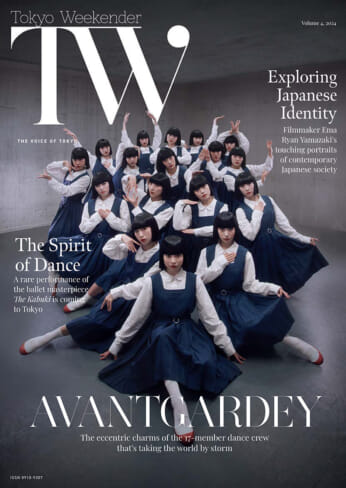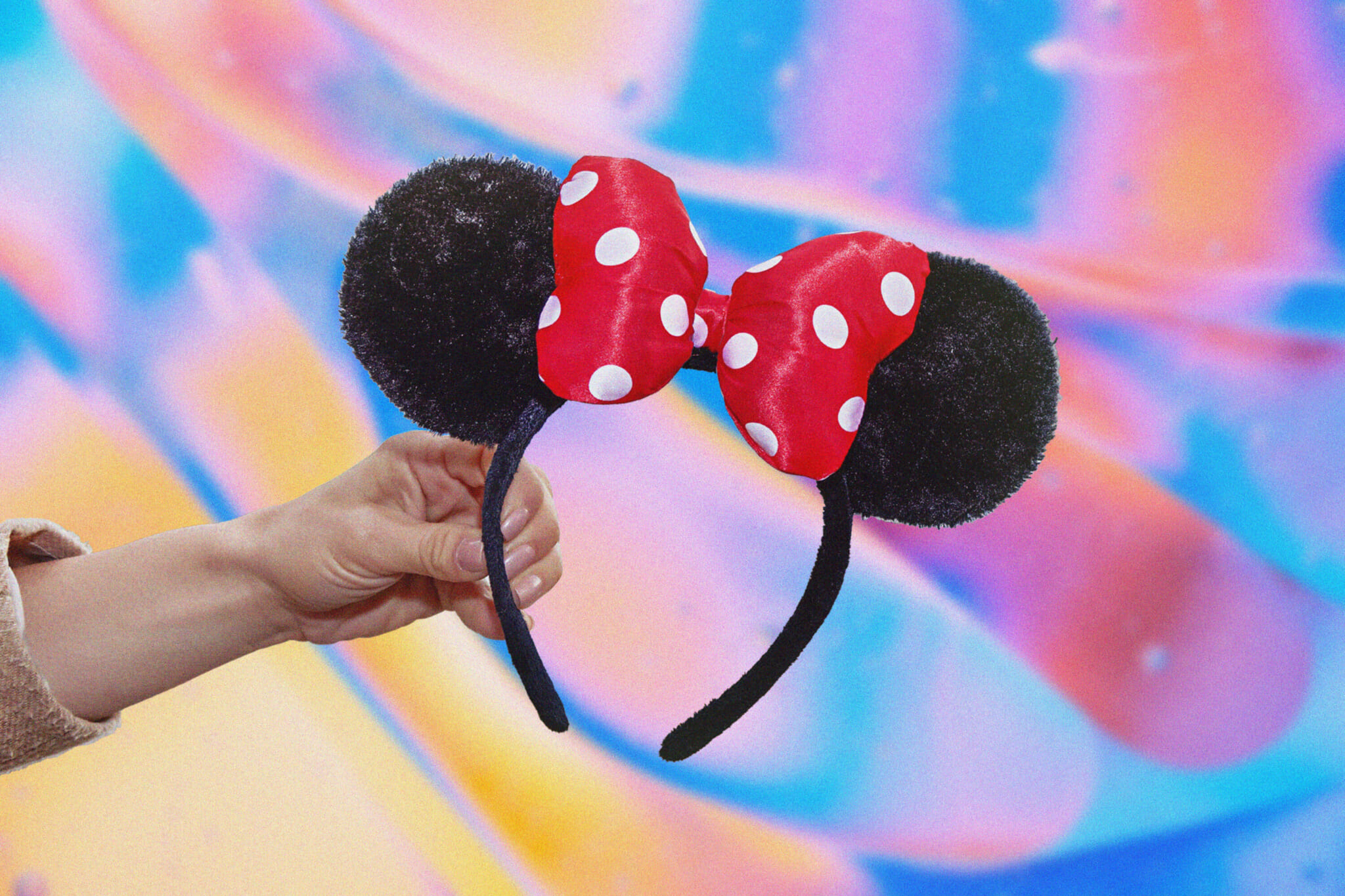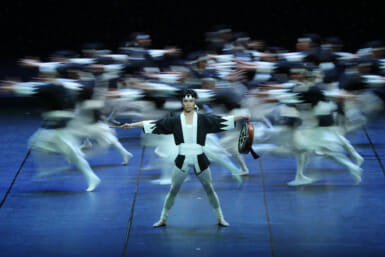When visiting Tokyo Disney Resort, it’s very popular to dress up, decking yourself out in Disney merchandise and accessories to show your enthusiasm. Indeed, it’s part of the theme park experience. So it came as no surprise that with the recent opening of the Fantasy Springs area at Tokyo DisneySea, fans rushed to gift shops to buy items from the new collection, which includes Minnie Mouse ear headbands. Also on the shelves? Iyaringu (earrings), hatto (hats) and shorudabaggu (shoulder bags).
In Japan, you’ve likely encountered multiple katakana words, many of which are loanwords from other languages. As an English speaker, you can usually puzzle out what these words mean, as they’re often just a Japanese pronunciation of an English word. But instead of heddobando for the Minnie Mouse ear headbands — as might be expected — the headbands are displayed with the word “kachuusha.”
The etymology, or linguistic origins and development, of katakana words is a fun and interesting segment of Japanese studies. Like a game of telephone, words are used, borrowed and transformed over time. And often, their origins become disconnected and forgotten.
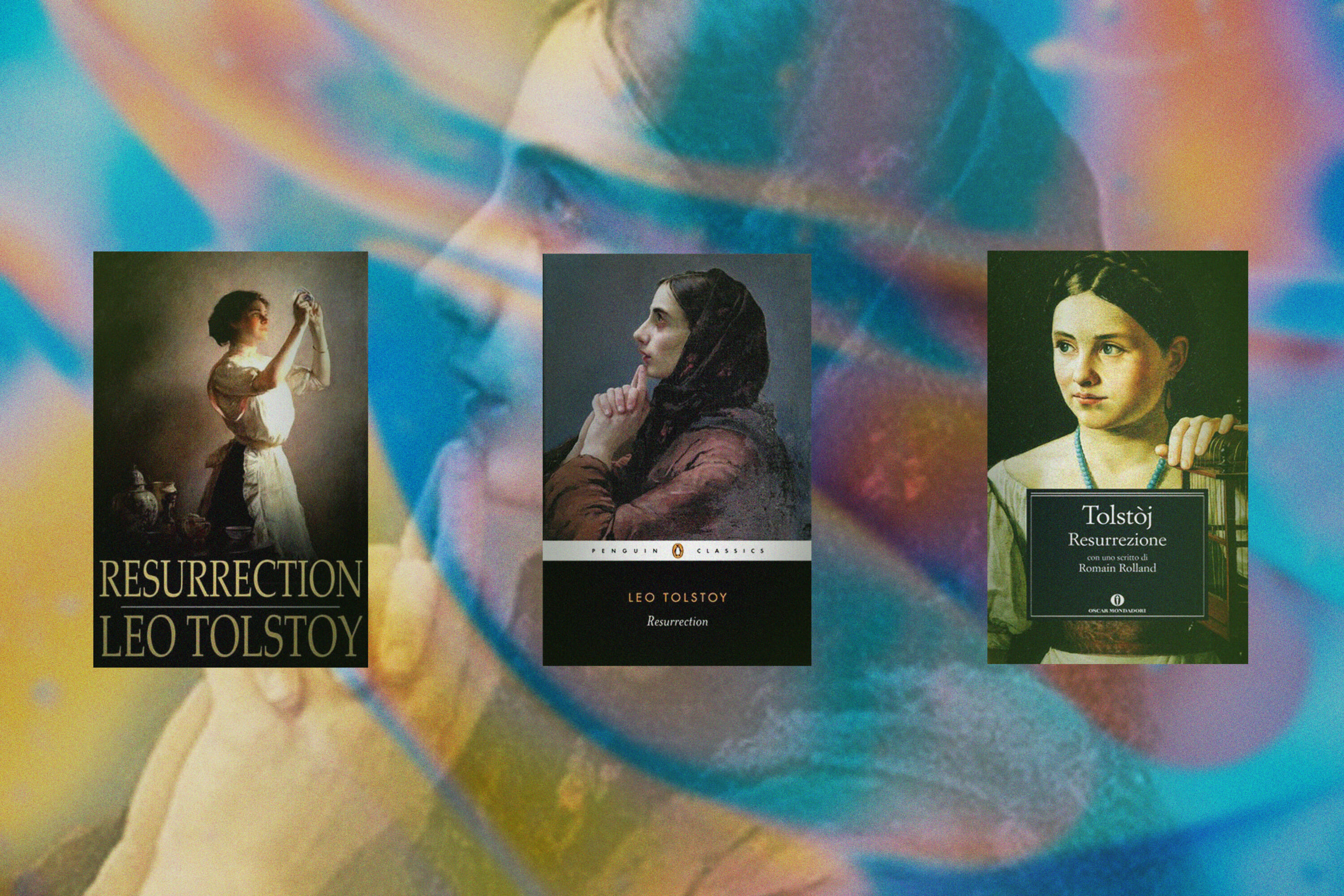
The Origins of Tokyo Disney’s Minnie Ears
“Kachuusha” comes from the Russian “Katyusha,” but interestingly, “Katyusha” doesn’t mean “headband” either; it actually translates to “Little Catherine,” the nickname of a character in Leo Tolstoy’s 1899 novel, Resurrection. This raises a question: How did a Russian word unrelated to hair accessories become the katakana word for headband? To answer that, we travel from Tolstoy’s Russia to Japan.
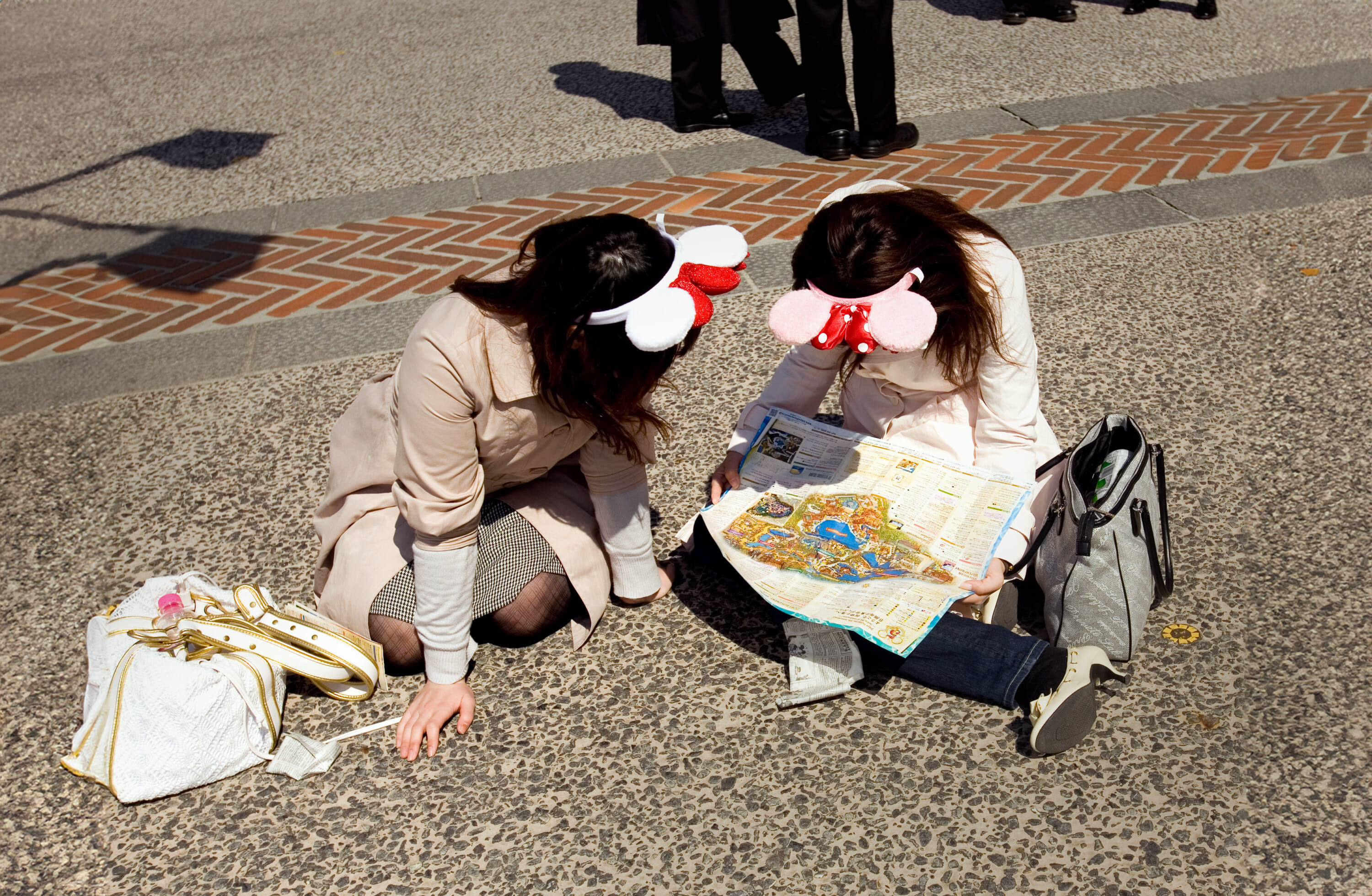
Photographer: Jillian Murphy
Imported To Japan
Around the time Resurrection was published, playwright Hogetsu Shimamura was appointed as an instructor of rhetoric, art history and Chinese literature at Waseda University. In 1902, he traveled to Europe to study Western theater, where he wrote a thesis on Tolstoy’s works. Upon returning to Japan in 1905, Shimamura became the manager of the theater company Bungei Kyokai, directing many plays and musicals. In 1914, Shimamura presented his adaptation of Tolstoy’s Resurrection.
In the play, singer-slash-actress Sumako Matsui sang “Katyusha no Uta” (“Katyusha’s Song”), and it became an instant national hit. It’s often referred to as the first kayokyoku, or modern Japanese pop song. The song sold over 27,000 records.
Coat-tailing on the song’s popularity and trendy Western cultural influences, headbands became popular with women trying to mimic Matsui’s style. Her Resurrection character became associated with the accessory, and now “Katyusha” — transliterated as “kachuusha” — is the standard Japanese word.
The Modern Use of Katyusha
It’s fascinating how words can develop from seemingly unconnected sources. Today, “kachuusha” in Japanese has no ties to Russia, literature or theater — but you’ll still find the word at DisneySea and other theme parks. The popular Japanese idol group AKB48 even released a single, its 21st, titled “Everyday, Katyusha” (also written as “Everyday, Kachuusha”) in 2011.
